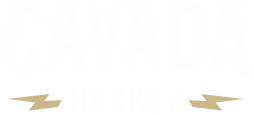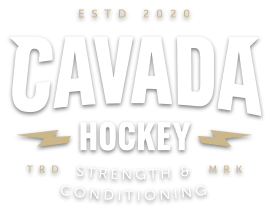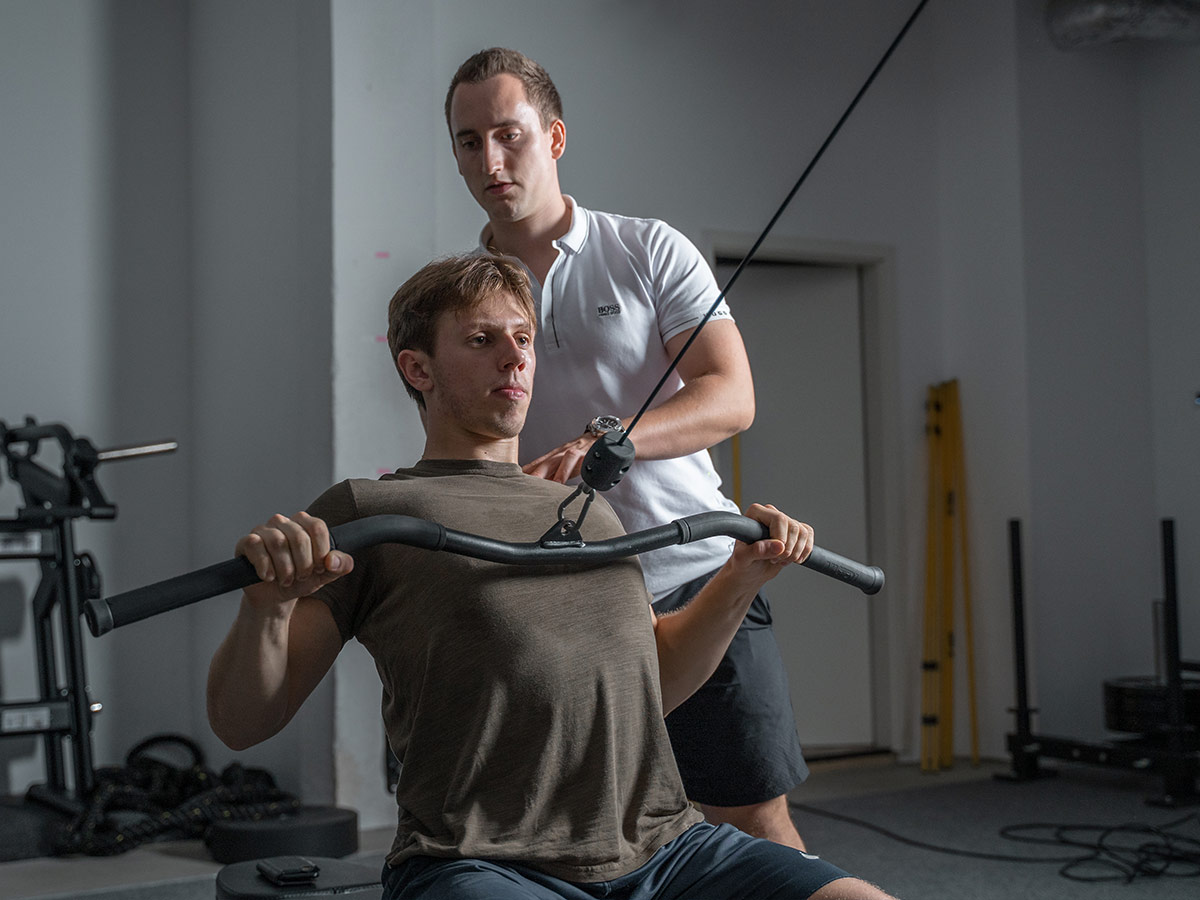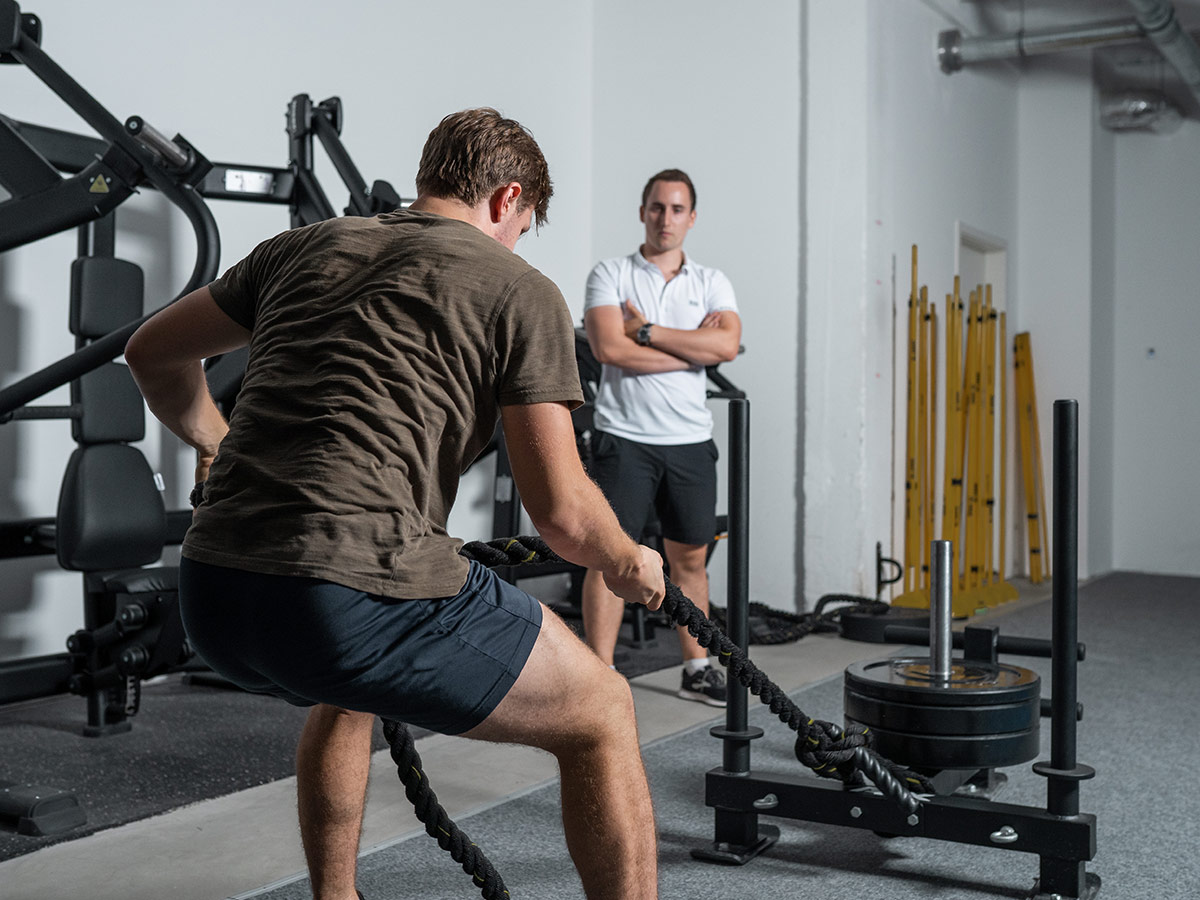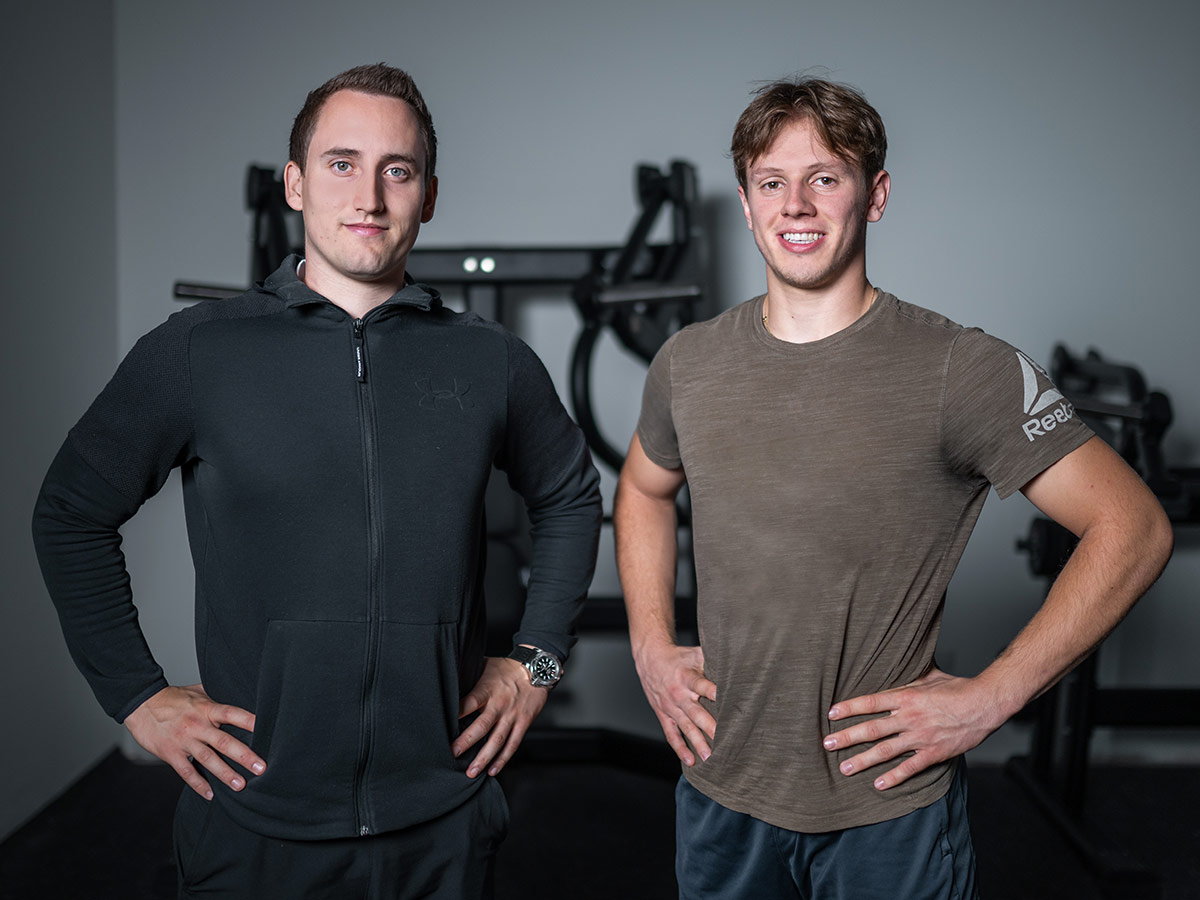For years, Max Cavada has maintained a dedicated focus on individual athletic development, with a unique approach that has already helped athletes like Marco Rossi to achieve international renown. A combination of passion, precision and his own unique coaching style form the foundation for his clients’ long-term success. With his 1-on-1 coaching, he supports ice hockey players in their journey to become the best athletic version of themselves.
In his 1-on-1 coaching, Max Cavada develops a personalized system for each athlete he works with.
- injury prevention
- specific on-ice improvements through off-ice training
- long-term performance improvements
